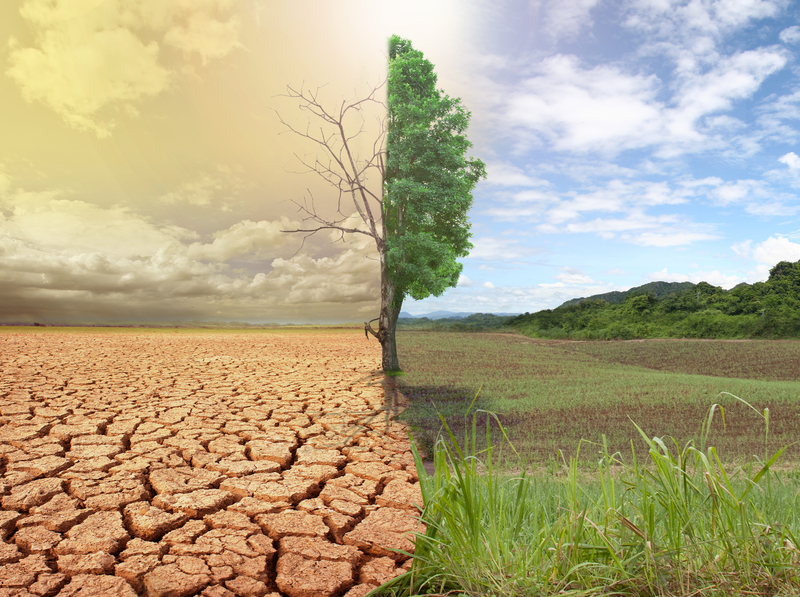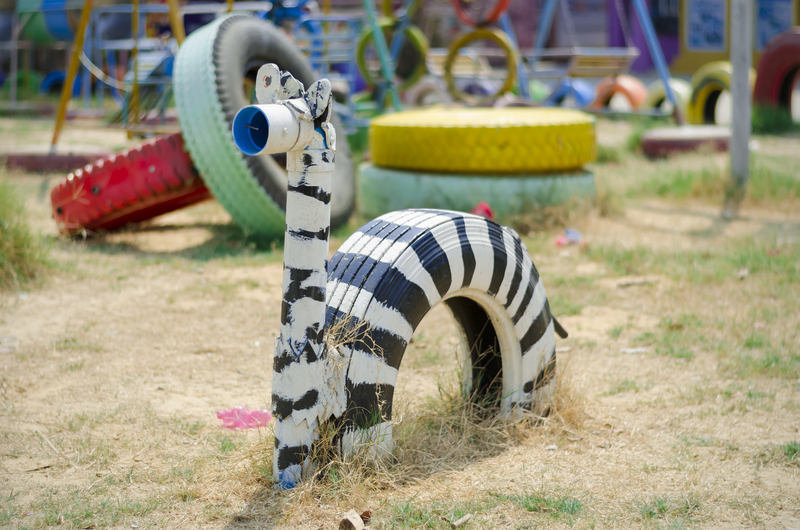Your Role in Ensuring Safe and Responsible PPE Waste Disposal
Personal Protective Equipment (PPE) has become an essential part of our daily lives, especially in the wake of global health crises. From masks and gloves to gowns and face shields, these items are crucial for safeguarding ourselves and others from infectious diseases and hazardous materials. However, as the world adapts to increased use of PPE, a critical concern has emerged: safe and responsible PPE waste disposal. Every individual and organization has a vital role in preventing environmental pollution and protecting public health by properly managing this unique waste stream.
Understanding the Importance of Proper PPE Waste Disposal
The importance of disposing of PPE waste safely cannot be overstated. Improper handling can result in serious consequences for both the environment and human health. PPE materials are often made from plastics and synthetic fibers that do not readily break down and may harbor pathogens after use.
- Environmental Impact: Discarded masks, gloves, and gowns frequently end up in waterways, public spaces, or landfill, contributing to the global plastic pollution crisis.
- Health Risks: Used PPE may carry viruses, bacteria, or hazardous chemicals, posing a risk to sanitation workers, wildlife, and the wider community if not disposed of carefully.
- Waste Management Challenges: Increased PPE waste places additional strain on waste management infrastructure, complicating recycling efforts and increasing operational costs.

What Constitutes PPE Waste?
To ensure responsible PPE waste disposal, it's important to understand what items fall into this category. Common types of PPE waste include:
- Masks (disposable surgical masks, N95 masks, KN95 masks, cloth masks)
- Disposable Gloves (nitrile, latex, vinyl)
- Face Shields and Goggles
- Protective Gowns and Aprons
- Boot or Shoe Covers
- Respirators and Filters
These items are typically designed for single-use or limited reuse and can pose significant contamination risks once discarded. Understanding their nature helps inform the methods for PPE waste management.
Why Correct PPE Waste Disposal Is Your Responsibility
Every individual--at home, at work, or within the healthcare sector--plays a crucial role in breaking the chain of contamination and pollution associated with PPE waste. Here's why your actions matter:
- Protecting Others: Improperly discarded PPE can transmit illness and endanger others.
- Environmental Preservation: Responsible disposal minimizes the plastic load entering our oceans and ecosystems.
- Community Leadership: Setting an example motivates others to follow safe disposal habits.
- Supporting Essential Workers: Proper disposal protects sanitation and waste workers from exposure to hazardous waste.
Best Practices for Safe PPE Waste Disposal at Home
What can you do at the individual and household level? Here are comprehensive steps for ensuring your PPE waste is handled responsibly:
1. Designate a PPE Waste Bin
- Use a dedicated, lined bin with a lid specifically for PPE waste.
- Clearly label the bin to avoid mixing it with general or recyclable waste.
- Place the bin in a convenient location, such as near the entrance to your home.
2. Proper Handling Before Disposal
- Do not attempt to wash and reuse single-use PPE such as masks and gloves.
- When removing PPE, avoid touching the outside surface as it may be contaminated.
- Fold or roll up used PPE items carefully before placing them in the bin.
3. Seal and Dispose Responsibly
- When the bin is full, tie the bag securely before placing it in your household waste.
- Do not place used PPE in recycling bins. Most PPE is not recyclable, and cross-contamination is a serious concern.
- If you are disposing of PPE used by a sick individual, double-bag the waste, leave it for at least 72 hours, and then dispose of it with general waste.
4. Hand Hygiene
- Always wash your hands thoroughly with soap and water after handling PPE waste.
- Use alcohol-based hand sanitizer if soap and water are unavailable.
Workplace Responsibilities for PPE Waste Disposal
Organizations and employers have an ethical and legal duty to establish safe systems for proper PPE disposal. This is especially urgent in healthcare, manufacturing, hospitality, retail, and other sectors that rely on protective equipment. Consider the following steps:
1. Educate and Train Employees
- Provide clear guidelines on safe PPE usage and disposal.
- Use visible signage and reminders near waste bins.
- Train cleaning staff in safe handling, transportation, and disposal of contaminated waste.
2. Install Dedicated Waste Receptacles
- Place clearly marked bins for PPE waste in accessible areas: entrances, exits, locker rooms, and workstations.
- Choose bins with secure lids to minimize aerosol spread.
3. Work With Licensed Waste Management Providers
- Partner with certified biomedical and hazardous waste disposal companies if your volume of PPE waste is high, especially in medical environments.
- Ensure compliance with local, national, and international regulations governing PPE waste management.
4. Monitor and Audit Waste Disposal Processes
- Regularly review disposal data to identify gaps or non-compliance.
- Implement corrective actions to improve safety and effectiveness.
The Environmental Impact of Improper PPE Waste Management
PPE waste is predominantly composed of petroleum-based plastics. Once in the environment, these materials can persist for decades or even centuries. Consider the following environmental hazards posed by careless PPE waste disposal:
- Wildlife Threat: Animals can ingest or become entangled in discarded masks and gloves, often resulting in injury or death.
- Microplastics Generation: Breakdown of PPE plastics in waterways contributes to harmful microplastics, contaminating drinking water and the food chain.
- Pollution Amplification: Large-scale improper disposal in landfills and illegal dumping sites can leach toxins into soil and groundwater.
By taking responsibility for the safe disposal of PPE, each person can greatly minimize these environmental threats and contribute to a cleaner, healthier planet.
Innovations in PPE Waste Management
To address the mounting PPE waste crisis, researchers and organizations are pioneering new approaches to minimize harm and maximize resource recovery. As an advocate for safe and sustainable practices, you can stay informed and support these innovations:
Recycling Solutions
- Some companies now offer specialized recycling programs for PPE, transforming used masks and gloves into park benches, insulation material, and other products.
- Biosafe decontamination and mechanical processing enable some types of PPE to be safely recycled.
Biodegradable PPE
- Manufacturers are developing biodegradable masks, gloves, and gowns made from plant-based materials.
Energy Recovery
- Energy-from-waste facilities can harness the calorific value of non-recyclable PPE, reducing landfill burden while generating electricity.
While the widespread use of these solutions is still emerging, staying updated and choosing such products where available can further your impact in responsible PPE waste disposal.
Legal and Regulatory Compliance
Many countries and regions have issued stringent guidelines about how to dispose of PPE waste, particularly when it is generated in healthcare, quarantined, or high-risk settings:
- Color-Coded Bags: Use designated colored bags (often yellow or red) for biomedical waste to facilitate safe handling and processing.
- Transportation Requirements: Some jurisdictions mandate secure containers and traceable transportation for large volumes of PPE waste.
- Documentation and Reporting: Accurate record-keeping ensures that all PPE waste is tracked and disposed of responsibly.
It is critical to stay informed about your local and national regulations regarding PPE waste management. Failure to comply can result in fines, legal liability, and harm to communities.
Community Actions and Public Awareness
Community-led initiatives and public education are powerful tools in raising standards around safe PPE waste disposal. You can contribute beyond just your household or workplace:
- Participate in Clean-Up Drives: Join or organize community events focused on collecting discarded PPE from public spaces and beaches.
- Advocate for Better Infrastructure: Campaign for more PPE disposal bins in parks, transit hubs, and other high-traffic areas.
- Educate Others: Share accurate information with family, neighbors, and on social media to combat myths around PPE waste.
Frequently Asked Questions About PPE Waste Disposal
1. Can PPE Be Recycled?
Most single-use PPE cannot be recycled via regular municipal recycling programs. The combination of multiple materials and risk of contamination prevent standard recycling. However, specialized programs and innovations are gradually making PPE recycling more accessible.
2. What Should I Do With Reusable Masks?
Reusable cloth masks should be washed regularly according to manufacturer directions. Once they are worn out, discard them as regular waste (unless your community offers textile recycling), ensuring they are bagged securely.
3. How Should I Dispose of PPE Used by a Sick Individual?
Double-bag PPE waste used by ill persons, leave for 72 hours, and then dispose of with household waste. Do not place contaminated PPE in recycling bins. Always wash hands after disposal.

Conclusion: Your Ongoing Responsibility
Safe and responsible PPE waste disposal is more than just a matter of cleanliness; it protects your health, your community, and our planet. By adopting best practices at home, work, and in public, you play a direct role in minimizing environmental harm and safeguarding the well-being of others. Stay informed, set an example, and encourage those around you to join in responsible PPE waste management. Together, we can ensure a safer, healthier world for generations to come.
